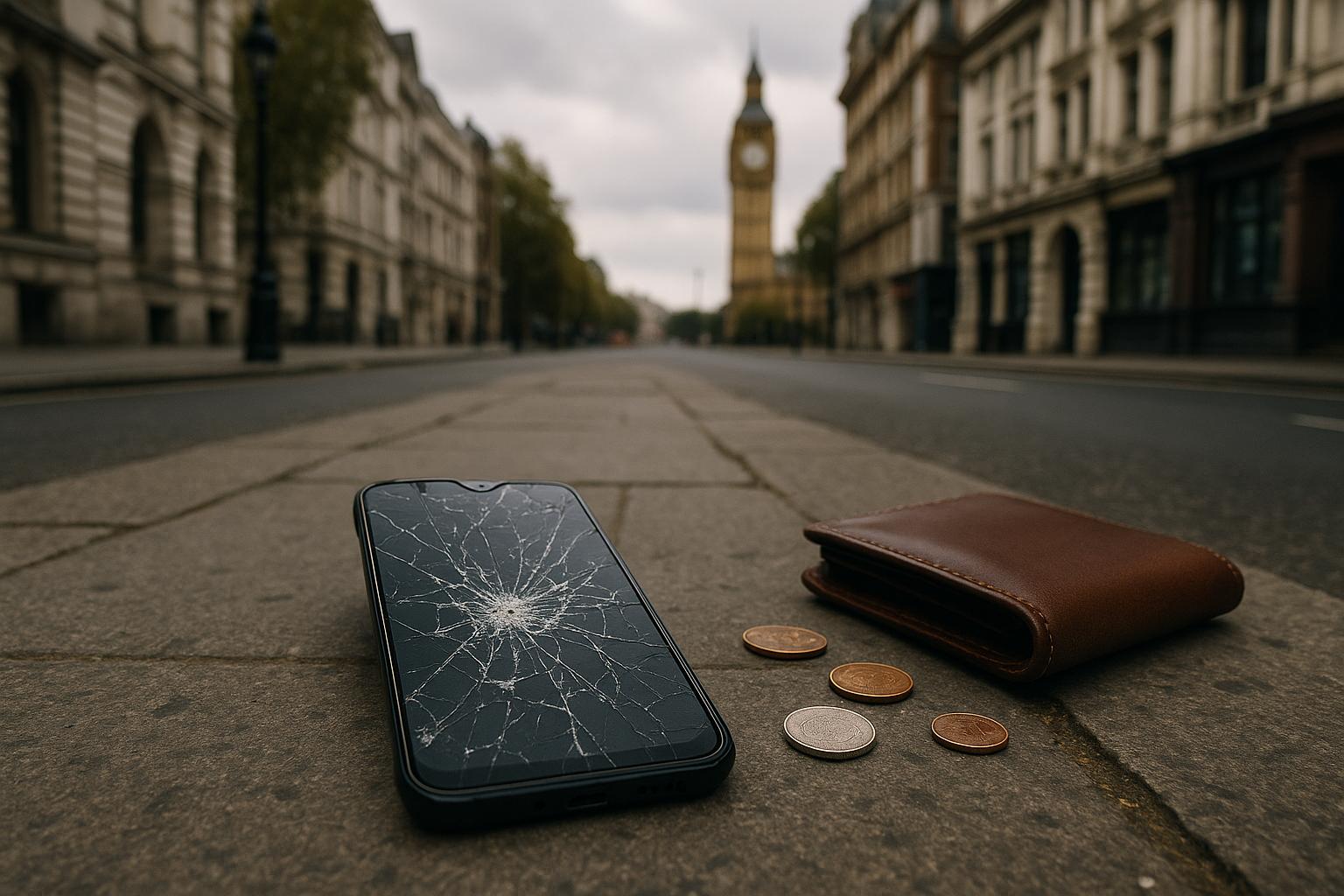London is currently experiencing a troubling surge in cryptocurrency thefts linked to mobile phone robberies. Unlike more notorious crypto crimes involving kidnappings and physical violence, these incidents often hinge on opportunistic phone thefts coupled with social engineering tactics aimed at younger crypto holders who are comfortable engaging with strangers in public spaces after dark. This was exemplified by Neil Kotak, who recounted to the Financial Times how he was approached by seemingly friendly men during a night out, only to have his phone snatched after he logged in to pass on a contact number. Despite his attempts to disable the device, his crypto wallets on platforms like Coinbase and Binance were drained of nearly £10,000 within minutes.
This wave of thefts arrives amid a banner year for crypto crime, driven in part by monumental hacks of exchanges such as the $1.5 billion breach of Bybit in early 2025, described by blockchain intelligence firm Chainalysis as the largest single hack in the sector’s history. Chainalysis reported that by mid-2025, over $2.17 billion had been stolen from cryptocurrency services, outstripping losses for all of 2024 combined, with projections suggesting that stolen funds could reach $4 billion by year’s end. Notably, a growing proportion of these thefts are personal wallet compromises, accounting for nearly a quarter of the stolen value, underscoring the heightened vulnerability of individual users.
London’s escalating problem with mobile phone theft is a critical component of this trend. Government and police data reveal that in 2024, 80,000 phones were stolen in London—a 25% increase from the previous year—with the most expensive Apple devices frequently targeted. These stolen phones often serve as gateways to cryptocurrency accounts and are subsequently trafficked both locally and abroad. The Metropolitan Police’s intensified crackdown on phone theft in early 2025 saw over 230 arrests and the seizure of more than 1,000 stolen handsets within a week-long operation focused on hotspot areas such as the West End and Westminster. This intervention aimed to stem the £50 million annual trade in stolen phones, which fuels various criminal enterprises including crypto theft.
The case of Kush Chaudary in Soho highlights how these crimes have evolved. After his phone was stolen by a gang in May 2025, thieves rapidly emptied his crypto wallet and bank accounts, resulting in a loss of £35,000. The Metropolitan Police have since escalated their efforts to combat this growing menace through both enforcement and calls for collaboration with technology companies. Critics, including Members of Parliament, have urged Apple and Google to do more to render stolen devices unusable, thereby undermining the profitability of phone theft rings.
This intersection of mobile phone theft and cryptocurrency crime underscores a complex challenge for law enforcement and the tech industry alike. As criminals exploit the growing adoption of digital assets and the ubiquity of smartphones, effective responses must blend targeted policing, technological safeguards, and public awareness. The ongoing increase in thefts documented by the Metropolitan Police from 2019 through 2024—with over 115,000 phones stolen annually in recent years—signals the urgency of multifaceted strategies to protect both physical devices and the digital wealth they often secure.
📌 Reference Map:
- Paragraph 1 – [1], [2]
- Paragraph 2 – [1], [5]
- Paragraph 3 – [6], [3], [4], [7]
- Paragraph 4 – [2], [3], [6]
- Paragraph 5 – [1], [7], [6]
Source: Noah Wire Services
